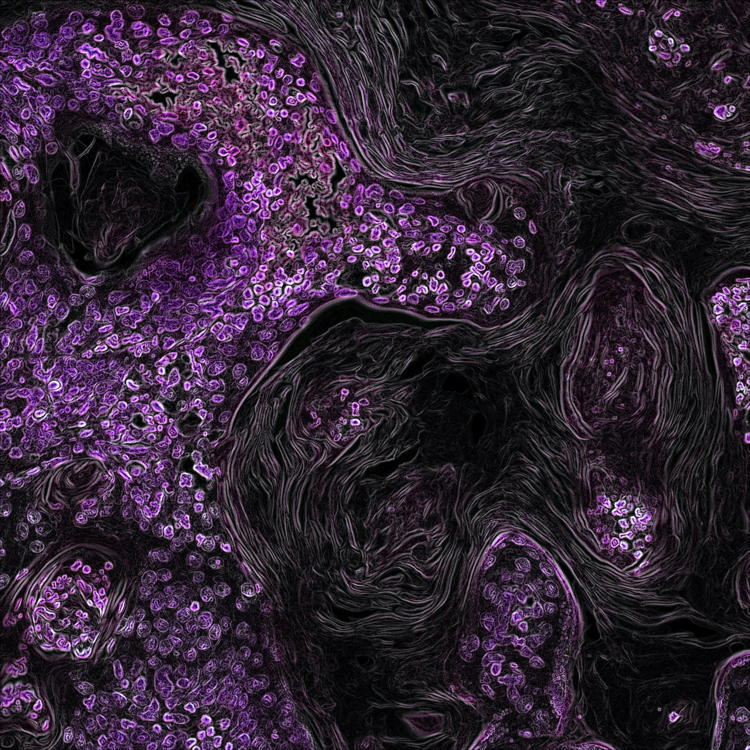Histochemical approaches to assess cell-to-cell transmission of misfolded proteins in neurodegenerative diseases

Submitted: 27 July 2012
Accepted: 7 September 2012
Published: 7 March 2013
Accepted: 7 September 2012
Abstract Views: 1222
PDF: 578
HTML: 201
HTML: 201
Publisher's note
All claims expressed in this article are solely those of the authors and do not necessarily represent those of their affiliated organizations, or those of the publisher, the editors and the reviewers. Any product that may be evaluated in this article or claim that may be made by its manufacturer is not guaranteed or endorsed by the publisher.
All claims expressed in this article are solely those of the authors and do not necessarily represent those of their affiliated organizations, or those of the publisher, the editors and the reviewers. Any product that may be evaluated in this article or claim that may be made by its manufacturer is not guaranteed or endorsed by the publisher.
Similar Articles
- Federico Angelo Cazzaniga, Edoardo Bistaffa, Chiara Maria Giulia De Luca, Giuseppe Bufano, Antonio Indaco, Giorgio Giaccone, Fabio Moda, Sporadic Creutzfeldt-Jakob disease: Real-Time Quaking Induced Conversion (RT-QuIC) assay represents a major diagnostic advance , European Journal of Histochemistry: Vol. 65 No. s1 (2021): Special Collection on Advances in Neuromorphology in Health and Disease
- X.C. Xu, X. Abuduhadeer, W.B. Zhang, T. Li, H. Gao, Y.H. Wang, Knockdown of RAGE inhibits growth and invasion of gastric cancer cells , European Journal of Histochemistry: Vol. 57 No. 4 (2013)
- L. Wang, J. Wang, X. Zhou, J. Li, Y. Shi, Z. Han, X. Wang, S. Li, Z. Yang, R. Wang, D. Fan, Y. Han, CM2 antigen, a potential novel molecule participating in glucuronide transport on rat hepatocyte canalicular membrane , European Journal of Histochemistry: Vol. 56 No. 3 (2012)
- V. Nicolin, F. Dal Piaz, S. L. Nori, P. Narducci, N. De Tommasi, Inhibition of bone resorption by Tanshinone VI isolated from Salvia miltiorrhiza Bunge , European Journal of Histochemistry: Vol. 54 No. 2 (2010)
- Nan Li, Xue Fan, Lihong Liu, Yanbing Liu, Therapeutic effects of human umbilical cord mesenchymal stem cell-derived extracellular vesicles on ovarian functions through the PI3K/Akt cascade in mice with premature ovarian failure , European Journal of Histochemistry: Vol. 67 No. 3 (2023)
- N.P.E. Kadoglou, P. Moustardas, A. Kapelouzou, M. Katsimpoulas, A. Giagini, E. Dede, N. Kostomitsopoulos, P.E. Karayannacos, A. Kostakis, C.D. Liapis, The anti-inflammatory effects of exercise training promote atherosclerotic plaque stabilization in apolipoprotein E knockout mice with diabetic atherosclerosis , European Journal of Histochemistry: Vol. 57 No. 1 (2013)
- V. Poletto, V. Galimberti, G. Guerra, V. Rosti, F. Moccia, M. Biggiogera, Fine structural detection of calcium ions by photoconversion , European Journal of Histochemistry: Vol. 60 No. 3 (2016)
- Eetmad A. Arafat, Eman M.I. Youssef, Hanaa A. Khalaf, The possible alleviating effect of garlic supplement on the neural retina in a rat model of hypercholesterolemia: a histological and immunohistochemical study , European Journal of Histochemistry: Vol. 65 No. 4 (2021)
- T. Al-dhohorah, M. Mashrah, Z. Yao, J. Huang, Aberrant DKK3 expression in the oral leukoplakia and oral submucous fibrosis: a comparative immunohistochemical study , European Journal of Histochemistry: Vol. 60 No. 2 (2016)
- M. Di Rosa, M.A. Szychlinska, D. Tibullo, L. Malaguarnera, G. Musumeci, Expression of CHI3L1 and CHIT1 in osteoarthritic rat cartilage model. A morphological study , European Journal of Histochemistry: Vol. 58 No. 3 (2014)
You may also start an advanced similarity search for this article.

 https://doi.org/10.4081/ejh.2013.e5
https://doi.org/10.4081/ejh.2013.e5










